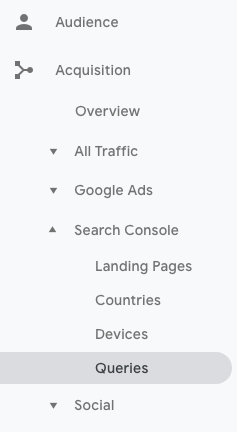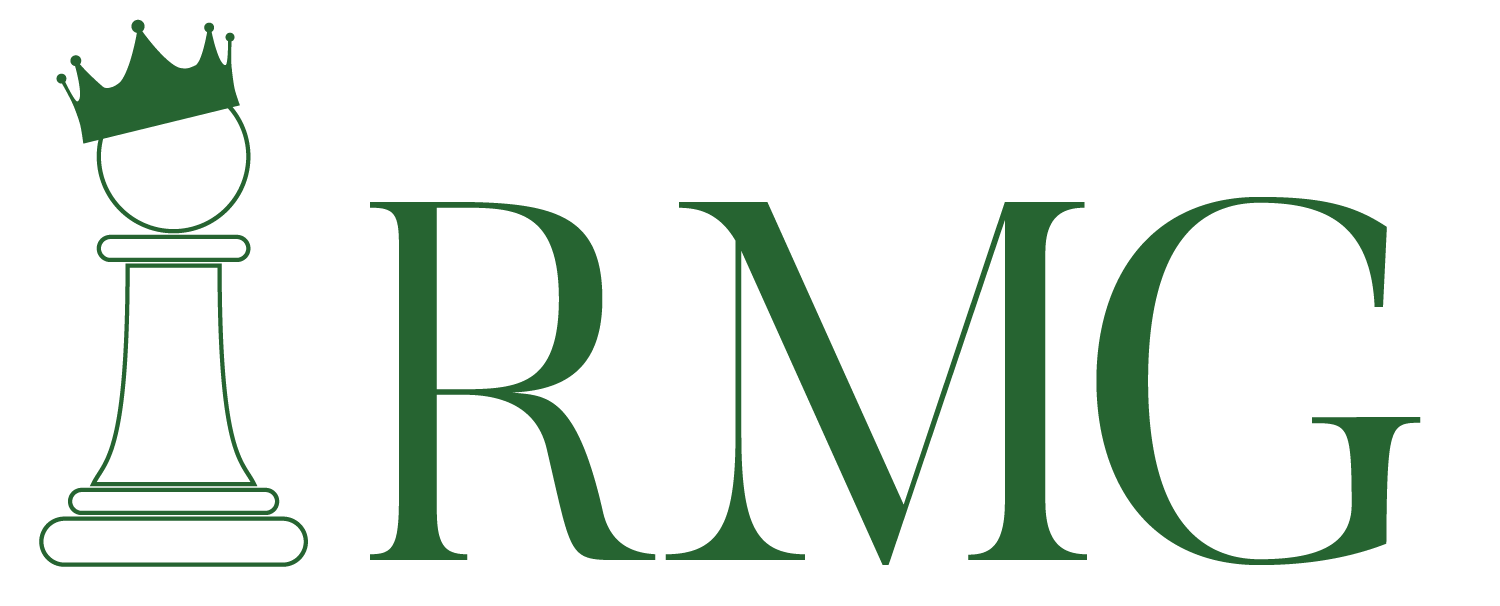Marketing, like any industry, has its fair share of terms that can sometimes be nebulous to the average business owner. But when you’re trying to maximize every part of your budget, “nebulous” doesn’t cut it. We’ll occasionally post our thoughts on some often-used terms in the industry here.
Have an idea you’d like us to dive into? Send it to us!
Let’s get this out there: A lot of advertisers who don’t know what they’re doing use brand awareness as a way to say “We’re doing a great job!” When measured properly, this can be an indicator of success, but many companies (here’s looking at you, TV and radio stations) don’t and it can completely mislead a small business with its marketing effectiveness.
So let’s dive in!
First off – what is brand awareness?
Dictonary.com explains it as “the extent to which consumers are familiar with the distinctive qualities or image of a particular brand of goods or services.”

We apologize for any hunger experienced while reading this article.
Let’s use an example we’ve used elsewhere on this site. Let’s say you’re having pizza tonight, but you aren’t sure from where.
Quick – in three seconds, what are your options?
1…
2…
3…
We came up with the following:
Pizza Hut
Domino’s
Papa John’s
Mellow Mushroom
A favorite local place
In short: Mostly national chains who market themselves!
And that, ultimately, is what brand awareness is: A customer thinking of you when they need what you provide.
Why is this important?
A typical person, with a smartphone, sees hundreds (if not thousands) of ads a day. It quickly becomes a blur, but you still need to stand out.
The moment people need something, what do they do? They may do some research online, look at some reviews, or even ask a friend on Facebook for a recommendation.
But those companies they’ve committed to memory are the ones with the greatest chance of being selected. Every small advantage counts, and effective branding not only keeps you top-of-mind when it matters, but it ensures you’ll stay there.
Three (easy) ways for a small business to measure
In our intro, we claimed some companies throw around the term “brand awareness” without really explaining how they know you’re getting what you need. We’ll get to some ways you can spot a fake, but first, let’s talk about a few ways you can actually measure what brand awareness is doing for you.
Note: There are other ways to measure, but we’re looking at a few of the most straightforward. Together, they can paint a strong picture of how well-recognized your company is!

Use Google’s Keyword Planner tool in Google Ads. You can actually check “search volume” for your company name and related terms within your target market, and see if it’s trending up. For instance, if I’m a local pizza place named “Pizza Palace” and I have a couple of locations open in my city, I can check to see how many average searches there are in Google specifically for “Pizza Palace.”
Note: You’ll need access to a Google Ads account for this, so unless you’re actually running a campaign, you may need to ask an advertiser – but they should be able to provide this data free of charge (it takes just a couple of minutes).
Google My Business insights. If you have access to your Google My Business listing, you’ll receive a monthly email with a few data points. You can always log in as well to look into the dashboard, and one piece of information in particular can be telling: Direct traffic.
Direct traffic in your dashboard reporting should move in a positive direction, implying more people are looking for you specifically.
Related: Start your local SEO in 30 minutes
Organic traffic (see image). We’ve seen rates grow in a year-over-year fashion naturally across many sites, but if you see a spike, it could be due to branding. One way we love to check: In Google Analytics, under “Acquisition” and “Search Console.” If you have your Analytics connected to a verified Google Search Console for your website, you can see some of the organic search traffic that led to people visiting your website.
Check for branded terms in the report and see if it’s growing in how often your business term is used.
three ways to tell someone might not understand brand awareness:
Tell #1: They tell you a campaign was successful based on impressions. But you needed leads.
A favorite story of mine is from a few years ago: We needed to drive more people through the door of a local retail store, and the client ad opted to try a campaign with a local TV station – included a TV commercial and some digital marketing.
The TV station had promised their campaign would bring in more customers, and the client believed them.
I’ll never forget a review call I sat on with the TV station account manager who was gushing about how great a campaign had performed because it was getting a ton of impressions and was “driving a lot of traffic to the website!”
The problem? 0 conversions. No calls, no web forms, and even worse, Google Analytics showed a 96% bounce rate from the ads (the landing page in question had a typical bounce rate below 40%).
It was an utter failure. And yet, the station’s staff was claiming just the opposite.
Let’s get this straight: Without impressions, there is no brand awareness.
However, impressions are an operational metric. If your goal is branding, then impressions are great. It very often takes multiple digital touchpoints along the way to reinforce that you’re worth someone’s time and money.
But is that turning into recognition?

That’s an eye-catching funnel!
It may be slight, but even seeing an increase from 0 to 20 monthly searches for your company name in Google Ads Keyword Planner could be a huge win – especially since branded searches can indicate someone who’s more likely to convert into a client / sale.
If your ad showed 10,000 times, that’s fine. But did it lead to anything?
Tell #2: Brand awareness is the singular objective, instead of being used in conjunction with other tactics that are more leads- and sales-focused.
Again: It’s great to drive awareness of your brand. But does awareness alone drive action?
To put it another way: How many times have you been a part of an “Awareness Week” for a great cause, and then next week you’re back to normal like nothing’s different and you haven’t given said cause another thought?
It happens all the time – after all, our brains are just trying to keep up with all of the available data.
As part of a funnel, brand awareness is towards the top – getting people intrigued by you and what you do, so they recall who you are when the need arises. But nobody’s buying from you on awareness that you exist alone (especially for small and mid-sized businesses) … you need to have other marketing in place to drive greater interest and eventually, action.
Brand awareness alone won’t bring in customers. But it is a starting point!
Tell #3: They don’t know how to measure aside from impressions.
It’s simple: If someone is promising you results, ask them what they consider to be the primary objective of the marketing – and how they’ll measure success.
If what they tell you doesn’t line up with marketing standards, you may want to take your business elsewhere.
–
What do you think? Are you wondering how your small business is doing with its branding? We’re happy to help and answer any questions you may have!


Comments are closed